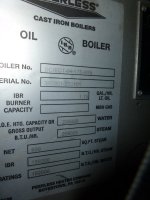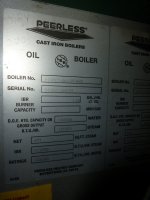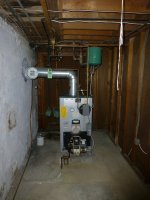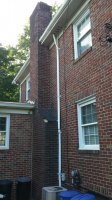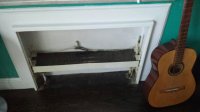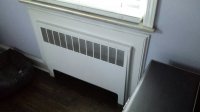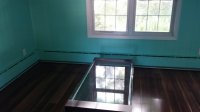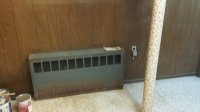Considering switching to a natural gas from a oil burner (pics below). The boiler heats the water radiator heaters and also the hot water to the sinks and showers. Not sure why the boiler has 2 stickers posted on it but I've included the specs on both.
Was hoping to get an idea if the quote I got seems reasonable since I know nothing about this.
From what I understand the person doing this would remove the old one. Install the new one (model P206- ge12 164,000 btu). I can't seem to find that model online but it seems like models around that size are $2700-3100. I believe he is going to cut up my large oil tank and remove that. I was quoted $8,700.00 with a 1000 dollar rebate from the gas company. Again i'm not sure how much time and effort this involves but is 5000-6000 dollars labor seem right?
Thanks for any advice in advance
Jay
Was hoping to get an idea if the quote I got seems reasonable since I know nothing about this.
From what I understand the person doing this would remove the old one. Install the new one (model P206- ge12 164,000 btu). I can't seem to find that model online but it seems like models around that size are $2700-3100. I believe he is going to cut up my large oil tank and remove that. I was quoted $8,700.00 with a 1000 dollar rebate from the gas company. Again i'm not sure how much time and effort this involves but is 5000-6000 dollars labor seem right?
Thanks for any advice in advance
Jay

